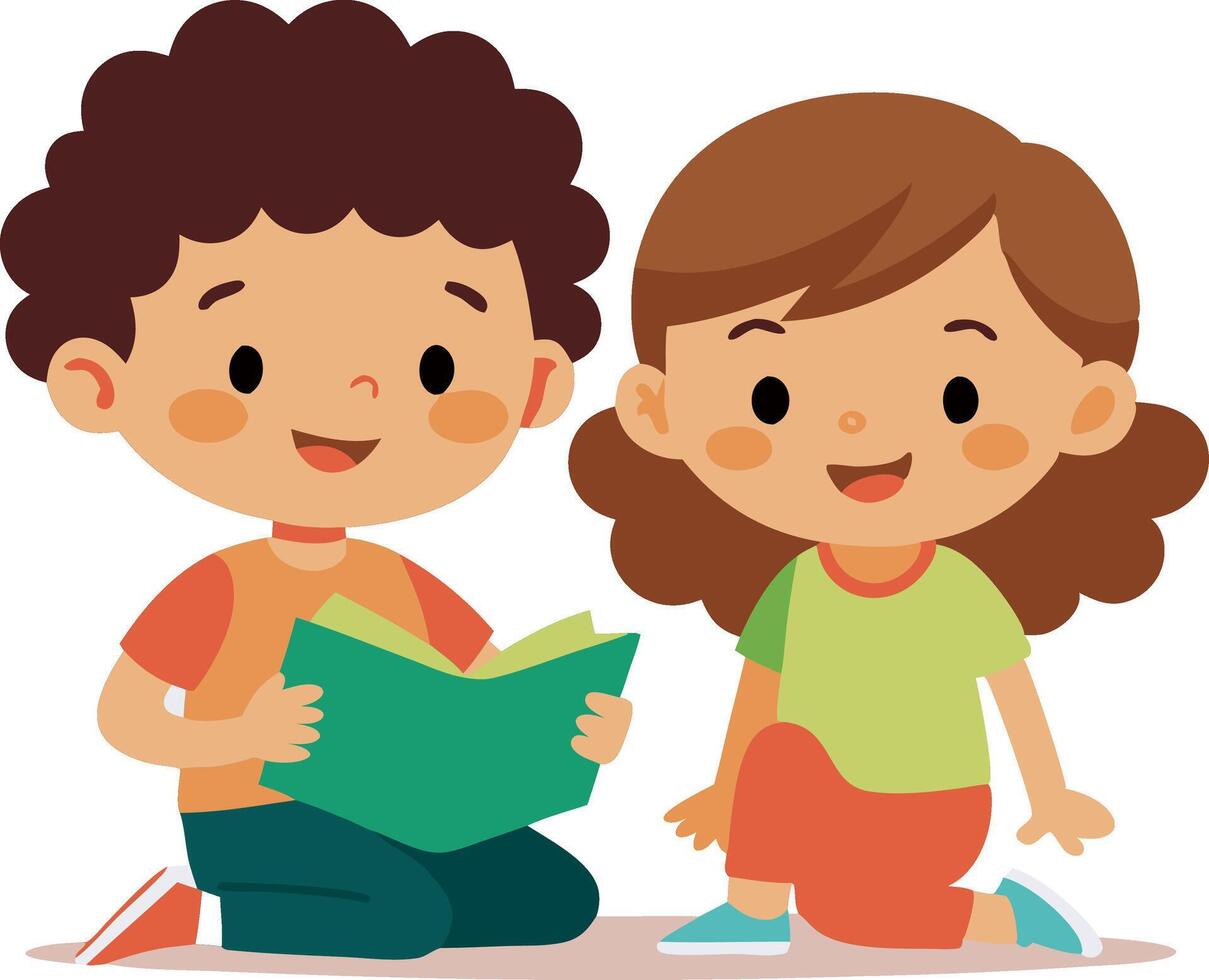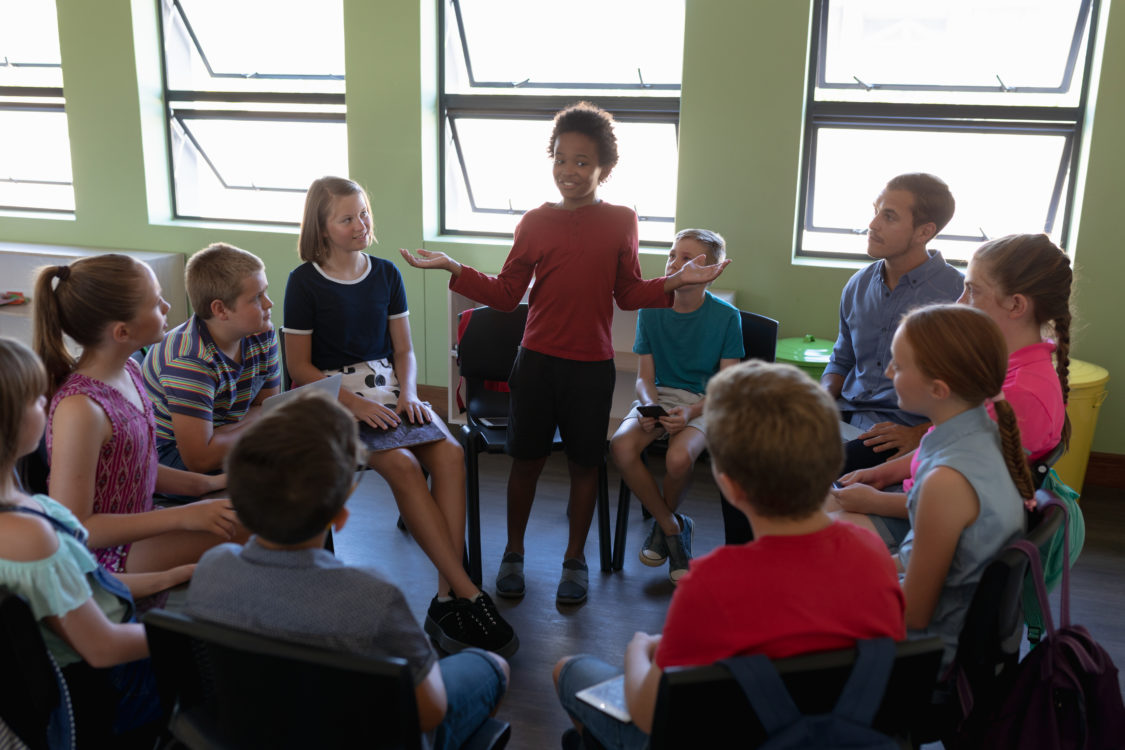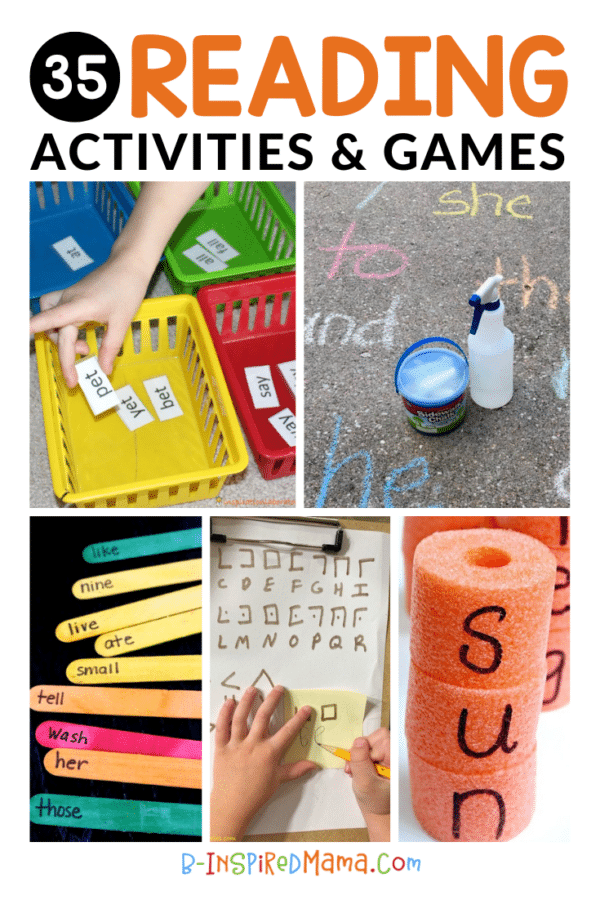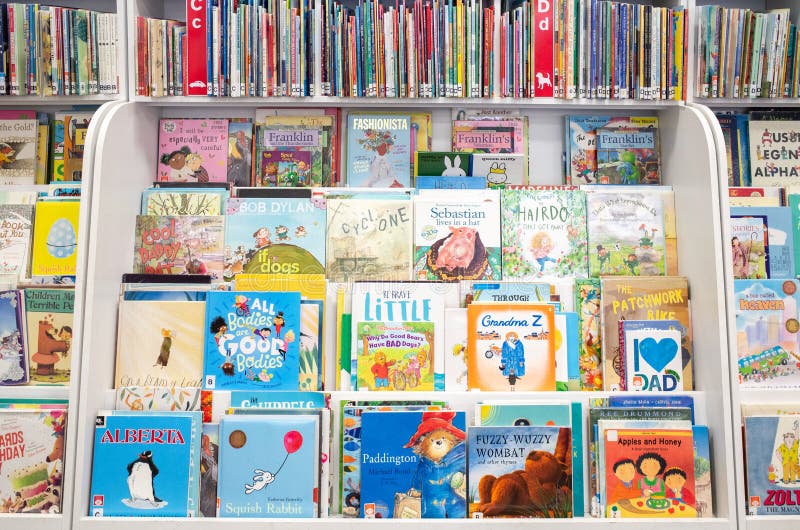How to Improve Reading Skills in Kids
Reading is one of the most fundamental skills that shapes a child's educational journey and lifelong learning capacity. From the magical world of fairy tales to engaging bedtime stories, the path to reading proficiency is paved with countless opportunities for growth, discovery, and joy. As parents and educators, understanding how to effectively nurture and develop reading skills in children is essential for their academic success and personal development.

The journey of reading development begins much earlier than many parents realize. Through children stories, picture books, and interactive storytelling sessions, young minds begin to associate written words with meaning, emotion, and imagination. Research consistently shows that children who are exposed to rich literary experiences from an early age demonstrate stronger reading comprehension, expanded vocabulary, and enhanced critical thinking skills throughout their academic careers.
This comprehensive guide explores evidence-based strategies, practical techniques, and creative approaches that parents, teachers, and caregivers can implement to significantly improve reading skills in children of all ages. From toddler stories to early reader books, we'll examine how different types of literature and reading activities contribute to skill development and foster a lifelong love of reading.
Understanding Reading Development in Children
The Foundation of Literacy
Reading development is a complex process that involves multiple cognitive skills working together harmoniously. When children engage with educational stories and interactive stories, they're simultaneously developing phonemic awareness, vocabulary, comprehension, and fluency. Understanding these foundational elements helps parents and educators create more effective learning experiences.
of brain development occurs before age 5
books children should hear before kindergarten
minutes of daily reading recommended
improvement with regular story exposure
Key Stages of Reading Development
The journey from preschool stories to independent reading fluency occurs in several distinct stages. During the emergent literacy stage, typically occurring between ages 0-5, children develop print awareness through exposure to picture books and illustrated books. This is when the foundation for all future reading success is established through rich exposure to language patterns, vocabulary, and narrative structure.
The beginning reading stage, usually between ages 5-7, is characterized by children learning to decode simple words and beginning to read short stories for kids independently. This stage benefits tremendously from structured phonics instruction combined with engaging animal stories and adventure stories that maintain interest while building skills.
The Transformative Power of Storytelling

Creating Magical Reading Moments
Storytelling serves as the bridge between spoken language and written text, making it one of the most powerful tools for developing reading skills. When children experience magical stories and heartwarming tales, they develop critical pre-reading skills including listening comprehension, attention span, and narrative understanding. The emotional connection formed through shared reading experiences creates positive associations with books and learning that last a lifetime.
Expert Tip
Research shows that children who are read to regularly from birth have significantly larger vocabularies and better reading comprehension skills by kindergarten. The key is consistency and emotional engagement during storytime sessions.
Building Vocabulary Through Stories
Classic tales and fables provide rich vocabulary exposure that children rarely encounter in everyday conversation. When reading fantasy stories or moral stories, children are naturally exposed to more sophisticated language structures, descriptive vocabulary, and complex sentence patterns. This exposure is crucial for developing the linguistic foundation necessary for advanced reading comprehension.
The repetitive nature of nursery rhymes and traditional stories helps children internalize language patterns and develop phonological awareness. These rhythmic patterns and rhyming schemes prepare young learners for the systematic approach needed to decode written text effectively.
Creating the Perfect Reading Environment

Designing Spaces That Inspire Learning
The physical environment plays a crucial role in developing positive reading habits and improving reading skills. A well-designed reading space doesn't require expensive equipment or extensive renovations – it simply needs to be comfortable, well-lit, and filled with age-appropriate books that spark curiosity and imagination.
Essential Elements of a Reading-Rich Environment
- Accessible Book Storage: Keep picture books and illustrated books at child height where they can browse independently
- Comfortable Seating: Provide soft pillows, bean bags, or a cozy reading chair where children feel relaxed
- Good Lighting: Ensure adequate natural or artificial light to prevent eye strain during reading sessions
- Quiet Atmosphere: Create a calm space free from distractions where children can focus on fun stories for kids
- Visual Appeal: Display book covers prominently and rotate selections to maintain interest
Creating a Home Library
Building a diverse collection of children stories doesn't happen overnight. Start with a mix of classic tales, contemporary stories, and books that reflect your child's interests. Include early reader books for developing independence, picture books for shared reading, and chapter books for growing readers. Remember that quality matters more than quantity – a carefully curated collection of 50 books is more valuable than hundreds of random titles.
Digital vs. Physical Books
While technology offers many benefits, research suggests that physical books provide unique advantages for developing readers. The tactile experience of turning pages, the spatial awareness of story progression, and the absence of digital distractions all contribute to deeper engagement and better comprehension. However, interactive stories in digital format can provide valuable supplementary experiences when used appropriately.
Age-Specific Reading Development Strategies
Toddlers (Ages 0-3): Building the Foundation

During the toddler years, the focus should be on creating positive associations with books and developing pre-literacy skills through sensory experiences. Toddler stories with simple, repetitive text and vibrant illustrations capture attention and begin to establish the concept that books contain interesting information and entertainment.
Key Activities for Toddlers
- Board Book Exploration: Allow toddlers to handle sturdy picture books independently, encouraging them to "read" by describing pictures
- Interactive Reading: Use animated voices, sound effects, and physical gestures while reading animal stories and simple narratives
- Repetitive Stories: Choose books with predictable patterns and rhythms that toddlers can begin to anticipate and "join in" reading
- Sensory Books: Incorporate texture books, lift-the-flap books, and other interactive elements that engage multiple senses
Toddler Reading Tip
Don't worry about reading every word on the page. Follow your toddler's interest and engage in conversations about the pictures. This builds vocabulary and comprehension skills more effectively than strict text adherence.
Preschoolers (Ages 3-5): Expanding Horizons
Preschool years are crucial for developing phonological awareness, print concepts, and narrative understanding. Preschool stories should include more complex plots, character development, and opportunities for discussion and reflection. This is when children begin to understand that print carries meaning and start to recognize letters and simple words.
Effective Strategies for Preschoolers
- Letter Recognition Games: Incorporate alphabet activities using characters from favorite fairy tales and adventure stories
- Rhyming Activities: Use nursery rhymes and rhyming books to develop phonological awareness
- Story Retelling: Encourage children to retell classic tales in their own words, building comprehension and narrative skills
- Environmental Print: Point out letters and words in everyday settings, connecting reading to real-world experiences
- Dramatic Play: Act out scenes from imaginative stories and moral stories to deepen understanding

Early Elementary (Ages 5-8): Building Independence
This critical period marks the transition from learning to read to reading to learn. Children begin to decode text independently while still benefiting enormously from shared reading experiences with more complex children stories and chapter books. The goal is to build fluency while maintaining engagement and comprehension.
Supporting Independent Readers
- Guided Reading: Provide early reader books at appropriate difficulty levels that challenge without overwhelming
- Reading Aloud Continuation: Continue reading advanced fantasy stories and adventure stories aloud to expose children to complex vocabulary and plot structures
- Comprehension Questions: Ask open-ended questions about character motivations, plot development, and personal connections to stories
- Series Books: Introduce book series that maintain character consistency while building reading stamina and investment
- Reading Conferences: Schedule regular one-on-one discussions about books to assess comprehension and provide individualized support
Interactive Reading Activities That Transform Learning

Making Reading Active and Engaging
Learning through stories becomes exponentially more effective when children actively participate in the reading process. Interactive activities transform passive listening into dynamic engagement, helping children develop critical thinking skills, deepen comprehension, and maintain sustained interest in reading.
Story Mapping and Visualization
Creating visual representations of story elements helps children organize their thinking and improve comprehension. After reading adventure stories or fairy tales, encourage children to draw story maps showing the sequence of events, character relationships, or setting changes. This technique is particularly effective with classic tales that have clear narrative structures.
Character Role-Playing Activities
Dramatic interpretation of characters from moral stories and fables helps children understand different perspectives and motivations. Create simple costumes or props that allow children to embody characters from their favorite stories. This kinesthetic approach to comprehension is especially beneficial for children who learn best through movement and active participation.
Activity Suggestion
After reading a moral story or fable, have children perform a "reader's theater" version where they take turns reading dialogue and narration. This builds fluency while deepening understanding of character development and theme.
Creative Extension Projects
- Alternate Endings: Encourage children to rewrite endings to classic tales, promoting creative thinking and narrative understanding
- Character Journals: Have children write diary entries from the perspective of characters in adventure stories or fantasy stories
- Story Sequels: Challenge advanced readers to create sequels to their favorite short stories for kids
- Cross-Curricular Connections: Link educational stories to science, social studies, or art projects for integrated learning experiences
Integrating Technology to Enhance Reading Skills
Balanced Digital Integration
When used thoughtfully, technology can significantly enhance reading skill development. Interactive stories with multimedia elements, educational reading apps, and digital libraries provide access to thousands of titles and can adapt to individual learning needs. However, the key is maintaining balance between screen-based and traditional reading experiences.
Effective Digital Reading Tools
- Audio Books: Combine listening with text following to improve fluency and pronunciation
- Reading Apps: Utilize apps that provide immediate feedback on pronunciation and comprehension
- Digital Libraries: Access vast collections of children stories from around the world
- Interactive E-books: Engage with stories that include animations, sound effects, and interactive elements
- Reading Tracking Tools: Monitor progress and set personalized reading goals
Screen Time Guidelines
The American Academy of Pediatrics recommends limiting screen time for educational purposes to 1 hour per day for children ages 2-5, and ensuring that digital reading doesn't replace physical books and face-to-face storytelling interactions. Quality matters more than quantity in digital reading experiences.
Establishing Lifelong Reading Habits

The Power of Routine and Consistency
Developing strong reading habits requires consistent, positive experiences that children can anticipate and enjoy. Bedtime stories represent one of the most powerful tools for habit formation, creating a peaceful transition to sleep while reinforcing the pleasure associated with books and reading.
Creating Effective Reading Routines
Successful reading routines incorporate multiple touchpoints throughout the day rather than relying on a single extended session. Morning picture book browsing, afternoon quiet reading time, and evening bedtime stories create a rhythm that naturally integrates reading into daily life. This approach helps children view reading as a normal, enjoyable part of their routine rather than an additional task or obligation.
Family Reading Culture
- Model Reading Behavior: Let children see adults reading books, magazines, and newspapers regularly
- Family Reading Time: Designate periods when everyone reads silently in the same space
- Book Discussions: Share thoughts about books during meals or car rides
- Library Visits: Make regular library trips a family tradition and special outing
- Reading Celebrations: Acknowledge reading milestones and achievements with enthusiasm
Timing Matters
Research shows that the best time for introducing new or challenging books is when children are alert and relaxed. Avoid pushing reading during times of stress, fatigue, or when competing with preferred activities. Instead, create dedicated, protected time when reading can be the primary focus.
Addressing Common Reading Challenges
Reluctant Readers: Strategies for Success
Many children experience periods of reading reluctance, which can stem from various factors including difficulty level, lack of interest in available materials, or negative past experiences. Addressing these challenges requires patience, creativity, and individualized approaches that meet children where they are in their reading journey.
Understanding the Root Causes
Reading reluctance often indicates a mismatch between the child's current abilities and the expectations placed upon them. Some children may struggle with decoding skills and need additional phonics support, while others might have strong technical skills but lack engagement with available reading materials. Identifying the specific challenge is crucial for developing effective intervention strategies.
Targeted Intervention Strategies
- Interest-Based Selection: Choose kids stories that align with the child's hobbies, passions, or curiosities
- Choice and Autonomy: Allow children to select their own books from pre-approved options
- Multimedia Approaches: Combine reading with audio versions, videos, or related activities
- Peer Reading: Pair reluctant readers with enthusiastic reading buddies or siblings
- Alternative Formats: Explore graphic novels, comic books, and other visual narrative formats
- Reduced Pressure: Focus on enjoyment rather than performance or speed
Building Confidence
Confidence is often the missing ingredient for reluctant readers. Celebrate small victories, provide books that are slightly below their reading level to ensure success, and avoid comparisons with siblings or peers. Remember that every child's reading journey is unique, and progress should be measured against their own starting point rather than external benchmarks.
Learning Differences and Reading Support
Children with learning differences such as dyslexia, ADHD, or processing disorders may require specialized approaches to reading skill development. Multisensory learning techniques that engage visual, auditory, and kinesthetic learning channels simultaneously can be particularly effective. This might include tracing letters while saying sounds, using colored overlays to reduce visual stress, or incorporating movement into reading activities.
Monitoring Progress and Celebrating Growth
Tracking Reading Development Effectively
Regular assessment of reading progress helps parents and educators make informed decisions about instruction and support. However, assessment should feel natural and encouraging rather than stressful or punitive. The goal is to identify areas of strength and opportunities for growth while maintaining children's enthusiasm for reading.
Informal Assessment Techniques
- Reading Conferences: Regular one-on-one conversations about books children have read
- Retelling Activities: Having children summarize adventure stories or fairy tales in their own words
- Reading Logs: Simple tracking of books read, time spent reading, and personal reflections
- Comprehension Discussions: Open-ended conversations about character motivations, plot development, and personal connections
- Fluency Observations: Listening to children read aloud and noting expression, pace, and accuracy
Track books completed monthly
Monitor daily reading minutes
Note comprehension insights
Celebrate reading milestones
Creating Reading Portfolios
Reading portfolios provide a comprehensive view of a child's reading journey over time. Include examples of early writing about books, artwork inspired by stories, lists of favorite animal stories or fantasy stories, and photographs of the child engaged in reading activities. These portfolios become treasured keepsakes that document growth and celebrate achievements.
Advanced Strategies for Accelerated Growth
Developing Critical Thinking Through Literature
As children become more confident readers, the focus shifts from basic comprehension to critical analysis and higher-order thinking skills. Moral stories and fables provide excellent opportunities for discussions about ethics, character development, and life lessons. These conversations help children connect literature to their own experiences and develop empathy and understanding.
Text-to-Self, Text-to-Text, and Text-to-World Connections
Teaching children to make connections between what they read and their own lives, other books, and the wider world deepens comprehension and makes reading more personally meaningful. After reading classic tales, encourage children to compare different versions of the same story, relate character challenges to their own experiences, or discuss how story themes connect to current events or historical periods.
- Text-to-Self: "This character reminds me of..." or "I felt similar to the main character when..."
- Text-to-Text: "This story is similar to another book because..." or "The character in this story is different from..."
- Text-to-World: "This story teaches us about..." or "This reminds me of something that happened in history..."
Discussion Strategies
Use open-ended questions that don't have single correct answers. Ask "Why do you think the character made that choice?" rather than "What did the character do?" This encourages analytical thinking and personal reflection.
Leveraging Community Resources for Reading Success

Public Libraries as Learning Partners
Public libraries serve as invaluable partners in developing children's reading skills. Beyond providing access to thousands of children stories, picture books, and educational materials, libraries offer programs, expertise, and community connections that enhance the reading experience. Librarians are trained professionals who can recommend age-appropriate books, suggest reading strategies, and provide resources for families.
Library Programs and Services
- Story Time Sessions: Group readings of picture books and interactive stories with songs and activities
- Summer Reading Programs: Structured programs that maintain reading skills during school breaks
- Book Clubs: Age-appropriate discussion groups focused on specific genres or themes
- Author Visits: Opportunities to meet creators of favorite kids stories and chapter books
- Technology Access: Computers, tablets, and educational software for digital literacy development
- Homework Help: Tutoring and academic support services
Building Community Connections
Reading becomes more meaningful when it connects children to their broader community. Many libraries partner with schools, bookstores, and community organizations to create reading events, book drives, and literacy initiatives. Participating in these activities helps children see reading as a valued community activity and exposes them to diverse perspectives and experiences.
Embracing Diversity in Children's Literature
Multicultural Stories and Global Perspectives
Exposing children to diverse children stories from different cultures, backgrounds, and perspectives enriches their understanding of the world and helps develop empathy and cultural awareness. Folk tales, traditional stories, and contemporary multicultural literature provide windows into different ways of life while reinforcing universal human experiences and values.
Benefits of Multicultural Literature
- Cultural Understanding: Exposure to different traditions, customs, and perspectives through global fairy tales and international stories
- Language Development: Introduction to new vocabulary, phrases, and linguistic patterns from diverse cultures
- Identity Affirmation: Representation that helps all children see themselves reflected in literature
- Bias Reduction: Early exposure to diversity helps prevent the development of prejudices and stereotypes
- Global Citizenship: Understanding that literature and storytelling are universal human experiences
Building a Diverse Library
Aim to include books that represent various ethnicities, cultures, family structures, abilities, and socioeconomic backgrounds. Look for authentic voices – stories written by authors from the cultures they're representing. This ensures accuracy and respect while providing genuine cultural insights for young readers.
Supporting Multilingual Families
For families who speak languages other than English at home, maintaining reading skills in multiple languages provides cognitive benefits and cultural connection. Encourage reading in the home language through bilingual books, traditional stories from the family's culture, and regular communication with extended family members who can share oral traditions and cultural narratives.
Preparing Children for Future Literacy Demands
21st Century Literacy Skills
Today's children will encounter reading and information processing demands that differ significantly from previous generations. Digital literacy, media literacy, and the ability to evaluate information credibility are becoming as important as traditional reading comprehension skills. However, the foundation remains the same: strong basic reading skills developed through extensive exposure to quality children stories and educational literature.
Essential Future-Ready Skills
- Information Literacy: Ability to locate, evaluate, and use information effectively from various sources
- Critical Thinking: Skills to analyze, synthesize, and evaluate different perspectives and arguments
- Digital Citizenship: Understanding how to interact responsibly and safely in online environments
- Multimedia Comprehension: Ability to understand and create meaning from text, images, audio, and video combined
- Global Awareness: Understanding of diverse cultures and perspectives through international literature
Future-Focused Strategy
While embracing new technologies, maintain focus on fundamental skills like deep reading, sustained attention, and critical analysis. These core competencies will remain valuable regardless of technological changes and provide the foundation for adapting to future literacy demands.
Conclusion: The Lifelong Gift of Reading
Improving reading skills in children is one of the most valuable gifts parents and educators can provide. Through consistent exposure to diverse children stories, engaging bedtime stories, and interactive reading experiences, we lay the foundation for academic success, personal growth, and lifelong learning. The strategies and techniques outlined in this comprehensive guide provide a roadmap for nurturing young readers and fostering a genuine love of literature.
Remember that every child's reading journey is unique. Some may gravitate toward adventure stories and fantasy tales, while others prefer educational stories and moral narratives. The key is maintaining flexibility, patience, and enthusiasm while providing consistent support and encouragement. Celebrate small victories, embrace individual interests, and trust in the process of gradual skill development.
The investment in reading skill development pays dividends throughout a child's life. Strong readers become confident learners, effective communicators, and empathetic global citizens. They possess the tools to explore any subject, understand diverse perspectives, and continue learning independently throughout their lives.

Ready to Transform Your Child's Reading Journey?
Discover our collection of carefully curated magical bedtime stories, educational tales, and interactive narratives designed to inspire young readers and build essential literacy skills.
Explore Magical Stories CollectionJoin thousands of families who have discovered the joy of reading through our engaging story collection!
Continue Your Reading Journey
Creating the Perfect Bedtime Routine
Discover how to establish calming bedtime rituals that promote better sleep and stronger reading habits.
Read MoreChoosing Age-Appropriate Books
Learn how to select the perfect books for every stage of your child's reading development.
Read MoreBuilding Home Libraries on Any Budget
Practical tips for creating an impressive book collection without breaking the bank.
Read MoreTechnology and Reading: Finding Balance
Explore how to effectively integrate digital tools while maintaining traditional reading experiences.
Read MoreSupporting Reluctant Readers
Strategies and techniques for helping children who struggle with reading motivation.
Read MoreThe Science of Reading Development
Understanding the research behind how children learn to read and comprehend text.
Read More